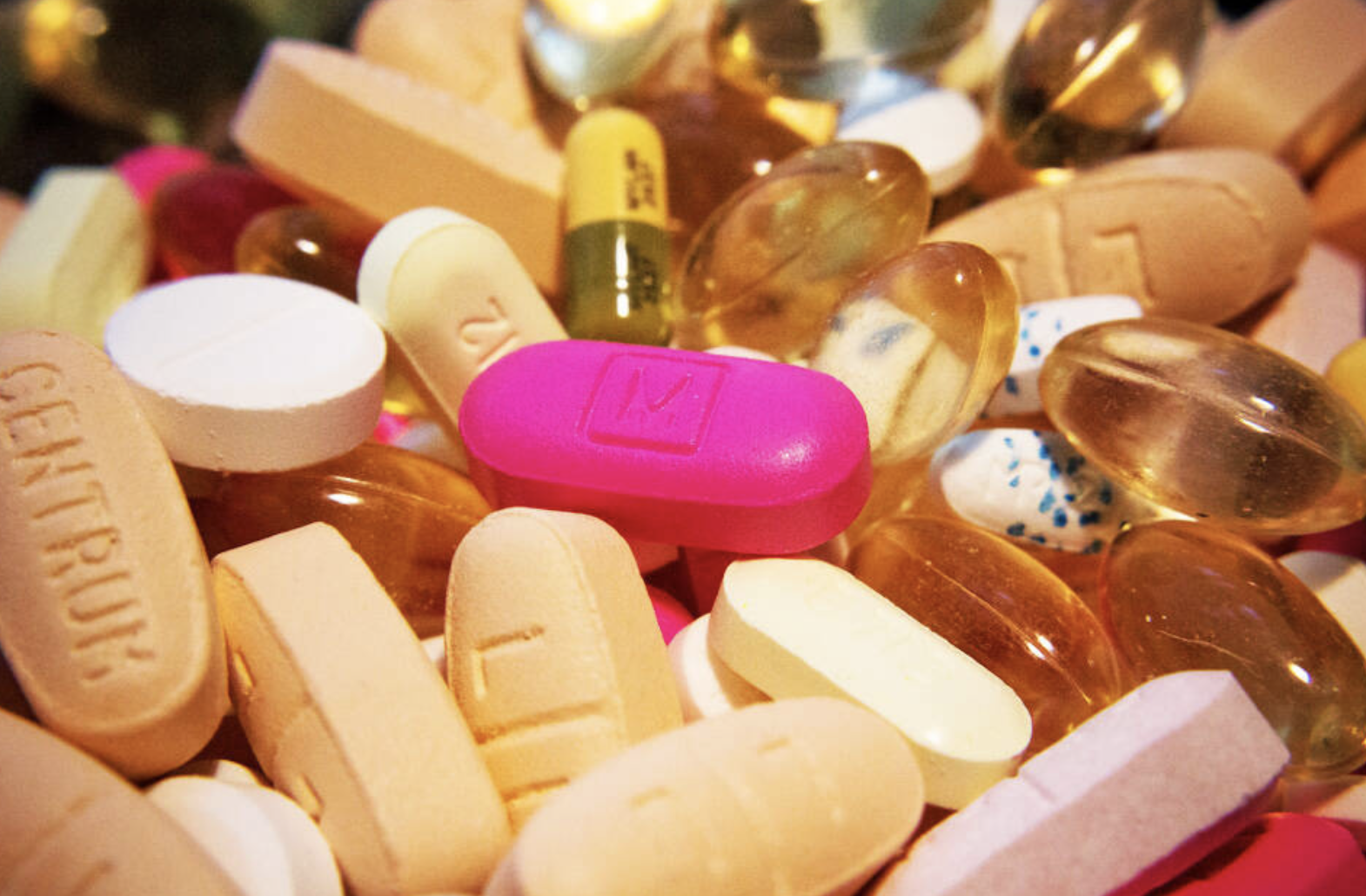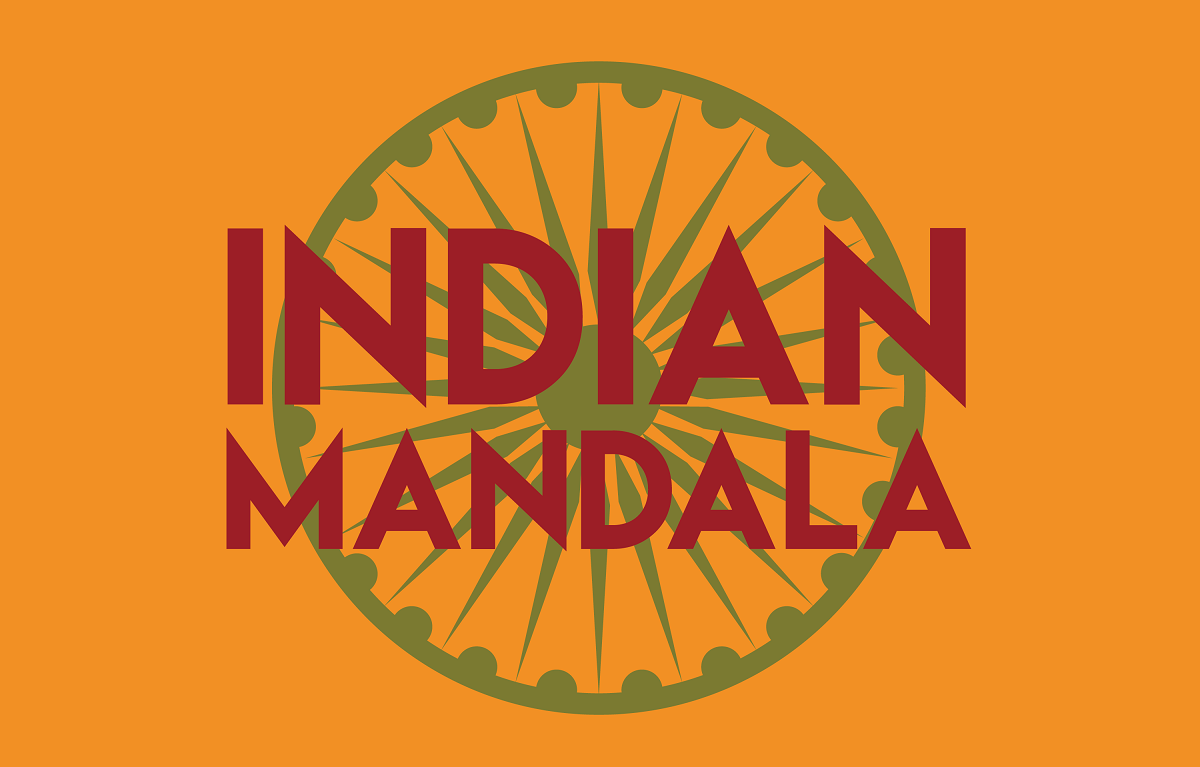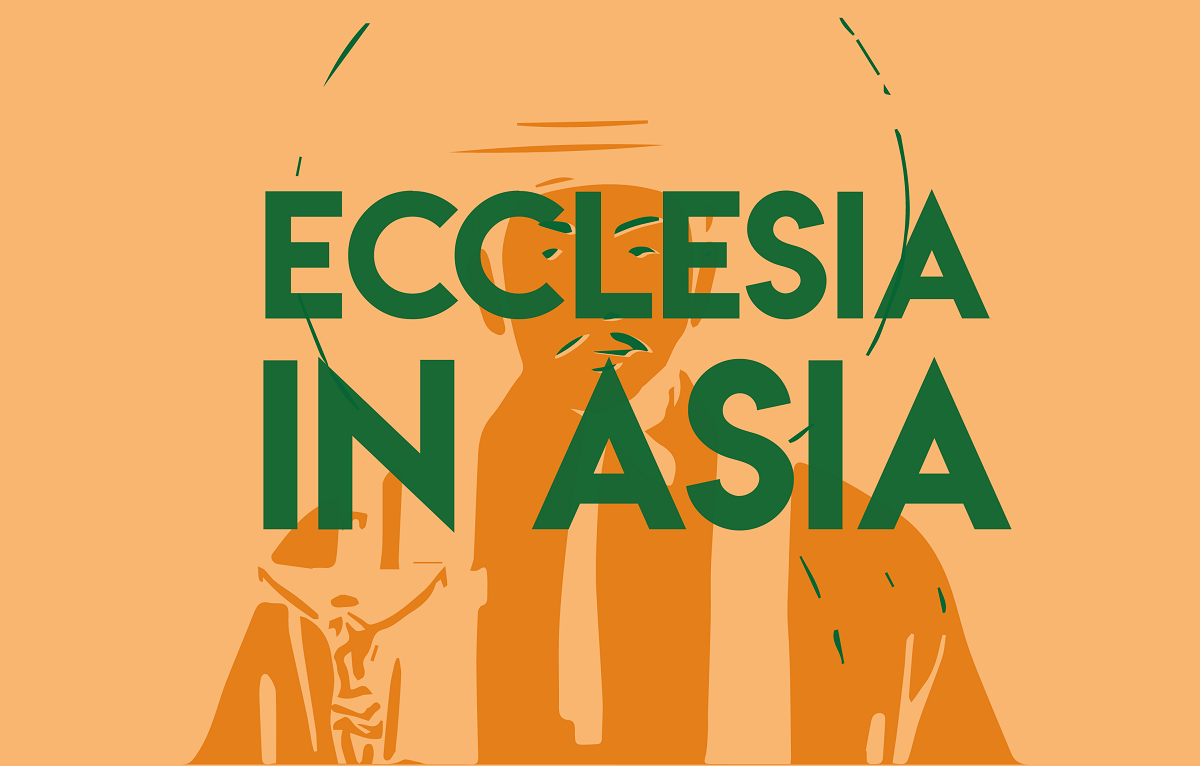Sri Lanka’s pharmaceutical production could fall to 5 per cent
Without renewed agreements with the government, domestic production could drop from the current 25 per cent (the lowest in South Asia), the Sri Lanka Pharma Manufacturers Association warns. Despite investments and growing capacity since 2015, the sector remains fragile, hampered by red tape. Repurchasing is essential for the development of the local market, manufacturers told AsiaNews.
Colombo (AsiaNews) – The Sri Lanka Pharma Manufacturers Association (SLPMA) warns that pharmaceutical production in the country could meet only 5 per cent of domestic demand.
Although Sri Lanka boosted pharmaceutical production since the 1960s, along with its South Asian neighbours – India, Bangladesh, and Pakistan, it remains heavily dependent on imports, which meet more than 80 per cent of local needs.
This is a far cry from self-sufficient India, dubbed the “pharmacy of the world," Bangladesh (over 95 per cent with exports to 157 countries), and Pakistan (70 per cent).
The pharmaceutical regulator, the National Medicines Regulatory Authority (NMRA), faces systemic challenges, including staff shortages and a lengthy and cumbersome registration process, which takes one to two years to complete.
The island nation’s “domestic pharmaceutical production could collapse to 5 per cent from current 25 per cent, without buyback extension,” warns SLPMA chairman Nalin Kannangara speaking at a meeting that followed the SLPMA annual general meeting in Colombo last Friday.
Currently, local companies manufacture more than 250 products, meeting 30 per cent of government pharmaceutical requirements. Strengthening local pharmaceutical production is necessary to ensure health and pharmaceutical safety.
For its part, “the government is committed to promoting local manufacturers with sustainable assistance offering the buyback guarantee,” said senior officials at the Medical Supplies Division (MSD). “Currently, the buyback guarantee is valid until the end of the year. We are in the process of preparing all the necessary documents for extending this for another five years and facilitating new registrations.”
In 2015, a buyback pact was introduced through a public-private partnership, with approximately US$ 200 million in private investment. This led to the establishment of new facilities and the growth of the SLPMA to 25 member companies supplying the government.
Initially, the results were tangible. In 2015, local manufacturers supplied only 17 products, whereas today they supply over 250, meeting 30 per cent of the government’s needs. Yet, in most cases, there is no buyback agreement, resulting in a drop in local manufacturers' market share.
Several local manufacturers spoke to AsiaNews about their situation. At present, they face several challenges, this according to local manufactures Vijitha Prematilake, Dushyantha Caldera, and Samantha Jayalal.
“About a decade ago, local manufacturers were helped through a buyback agreement, which will expire this year. The timeline for renewal is unclear, and this creates uncertainty for companies that have invested significant sums in setting up plants."
Losing the buyback would undo the progress made since 2015. “According to SLMPA reports, the government may not extend the agreement, which would make the 0 million investment impractical,” they added.
“This will result in a significant loss of revenue, putting companies at risk, and wasting R&D investments. We have invested a significant amount, yet this will translate into a significant loss.”
"The renewal of the repurchase agreement represents a dual challenge, especially regarding the timing of the renewal and the allocation of quantities, which discourage further investment in upgrading facilities, in terms of private market development,” they added.
“A major challenge for local manufacturers is entering the prescription market, given that many importers already dominate this sector.”
In short, the situation could worsen in the event of global uncertainties such as pandemics, conflicts, and rising healthcare costs.
23/06/2025 18:12
28/02/2025 15:52
12/01/2021 12:45







.png)










